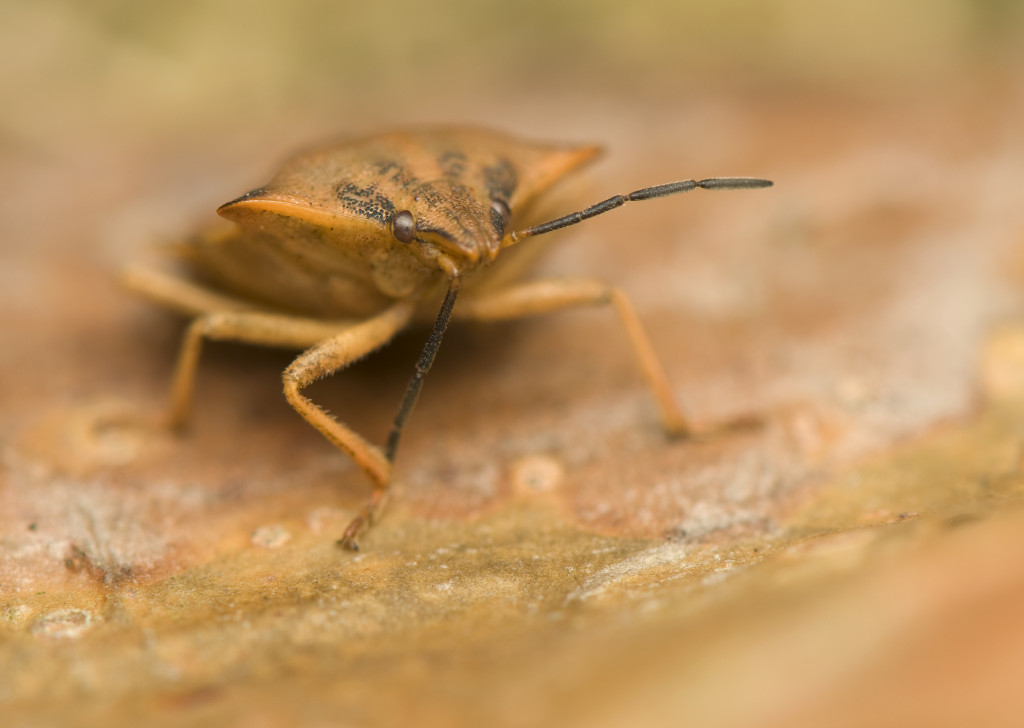The time has come to prepare your garden to begin nurturing the beautiful blooms that bring you joy and grow the vegetable garden you have been planning all winter.
Brush up on your basic gardening skills and begin laying down the groundwork to help your garden recover from the brutal winter cold. Start by carefully raking away debris and testing the soil. It should be damp but not so much that it has a moldy smell. This is a sign that you may need to spray some weedkiller and leave it to work for a few weeks. Alternatively, if the topsoil is crumbly, your garden may need more regular sprinkling to help it reach a good level of moisture. Once this is done, you can begin preparing the plant beds to receive fertilizer and shading.
Working out in the garden is going to make you sweat and that is going to make you a favorite target for mosquitoes. Install effective mosquito traps in all four corners of your garden. The ones near the plant beds will ensure that you do not get bitten to distraction while the ones on the porch will allow you to survey and enjoy your garden without becoming a meal. It is also a good beginning to your pest control plan.
Every garden needs a comprehensive pest control plan if it is going to yield good results. Mosquitoes are just the first line of attack from bugs. You will need to use netting to prevent bugs that lay eggs on your plants. This will prevent caterpillars and beetles as well as snails and rabbits. Nets can even deter pigeons and similar birds which will try to eat your seedlings before they even have a chance to grow a leaf.

Common Garden Pests
You need to familiarize yourself with the kind of pests that are common in your area. This will help you to prepare your garden to prevent them. Netting is effective for a wide variety of pests but different pests need different measures. Organic pesticide sprays can help to prevent and kill mites, aphids, and alder leaf beetles before they infect your plants. A wire fence with coffee grounds packed in close can help to deter snails and slugs. Crushed eggshells are also effective against slugs. Snails and slugs can decimate a garden patch in a matter of hours so it might be best to use a combination of methods.
Shading and Sun
It might seem sensible to put your plant beds in the same area of the garden. But different plants need different amounts of shade and sunlight. If you do not want to plant in pots that you have to move twice a day, you may want to identify and separate your plants by their shading needs. Pick out the sunny areas for citrus plants, geraniums, and all your kitchen herbs. These plants thrive in the sun and grow better the more direct sunlight they get. These are usually useful plants that serve as both a source of beauty and aroma. They are also most likely to be edible.
Plants that dislike direct sunlight are generally creepers and vines as well as plants that are great for air filtration. Put up your trellis in shady areas where your sweet pea plants and honeysuckle can grow and thrive. Jasmine is also a delightful vine plant that has a strong aroma that can often spread throughout a neighborhood.
Use Clean Tools
Plants and soil are sensitive and easy to contaminate if you are not careful. Always clean your tools thoroughly after the winter, so they are ready for use. Rusty tools are bad for the soil and can break easily. With proper care, your garden tools can last for many years. Be sure to brush them off and hose off the mud after every use and before working on different areas of the garden.
Moist Soil
Only work on the soil when it is moist. This will make it easier to dig and shape into beds. Dry soils are prone to breaking, hard to dig, and do not take well to shaping. Measure out and define the borders of the plant bed before you begin digging. Remember that you must calculate for the furrows between the beds as these are integral for proper irrigation. If you do not factor these areas in, you may end up with too small a planting area. Plants do not do well when they are too crowded next to each other.
Proper soil care will always determine the level of success you have with your garden. Ensure that you use a shovel to ensure that your soil is turned over at least three times before planting time. This will aerate the soil and also allow you to take out as many weeds as possible. It will also allow you to mix in enough compost with the soil to make it more nutritious. Well-composted soil nurtures seedlings to make strong roots.
